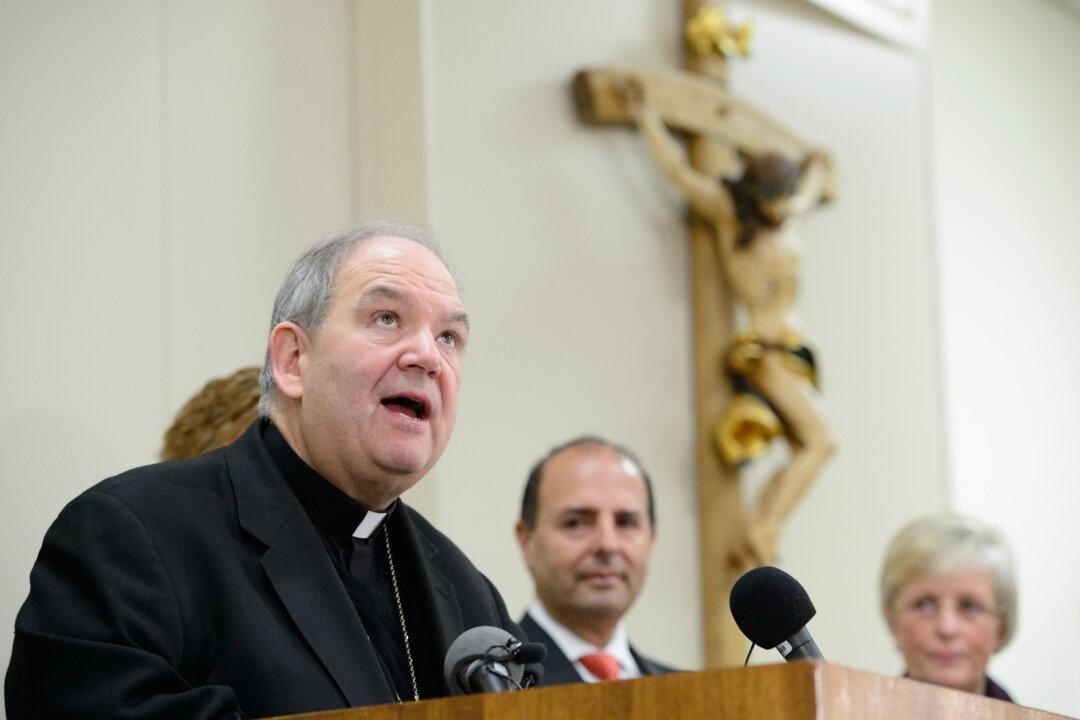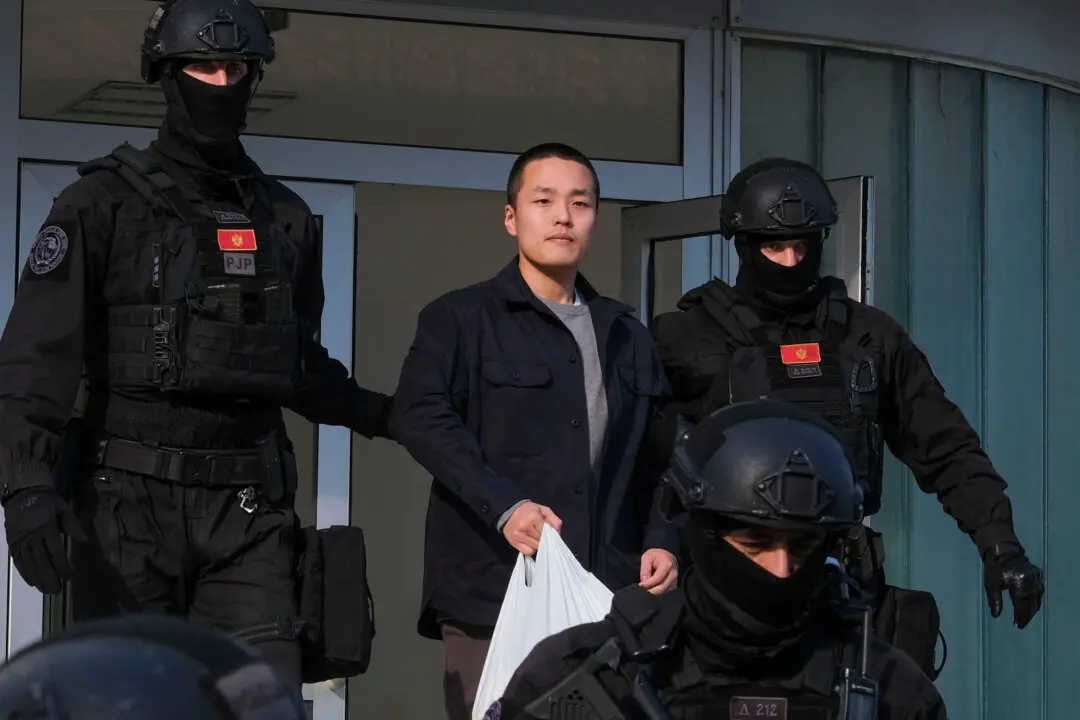SEATTLE—The Archdiocese of Seattle has published a list of 77 child-sex abusers who served or lived in Western Washington over the past several decades.
Seattle Archbishop J. Peter Sartain apologized for the actions by the nearly all-male list of priests, brothers and deacons, and at least one sister, who abused minors. He said in a letter released Friday that he is disclosing the names “in the interest of further transparency and accountability” and to continue to encourage victims of sexual abuse by clergy to come forward.
“Our work in this area will not be complete until all those who have been harmed have received assistance in healing, and until the evil of child sexual abuse has been eradicated from society,” Sartain said.
Our work in this area will not be complete until all those who have been harmed have received assistance in healing, and until the evil of child sexual abuse has been eradicated from society.
, Seattle Archbishop





